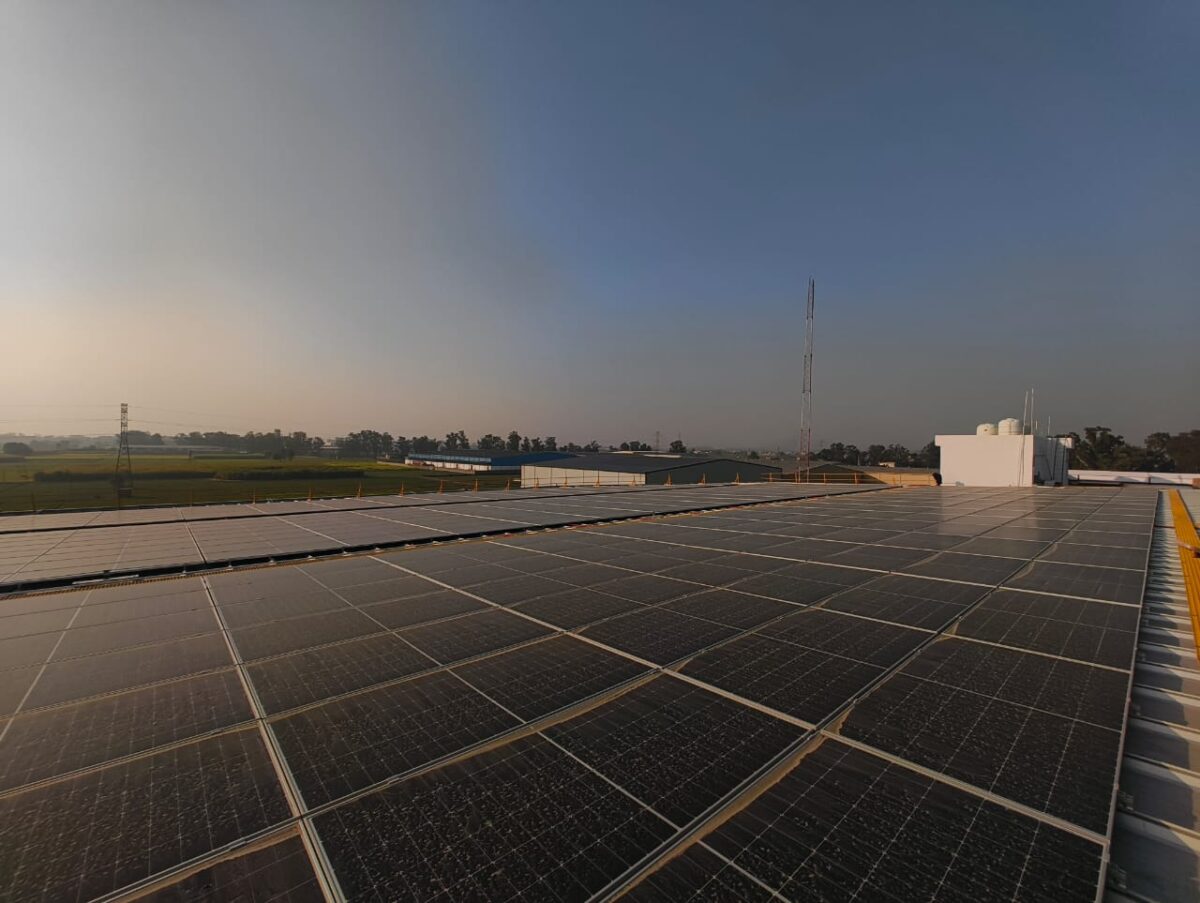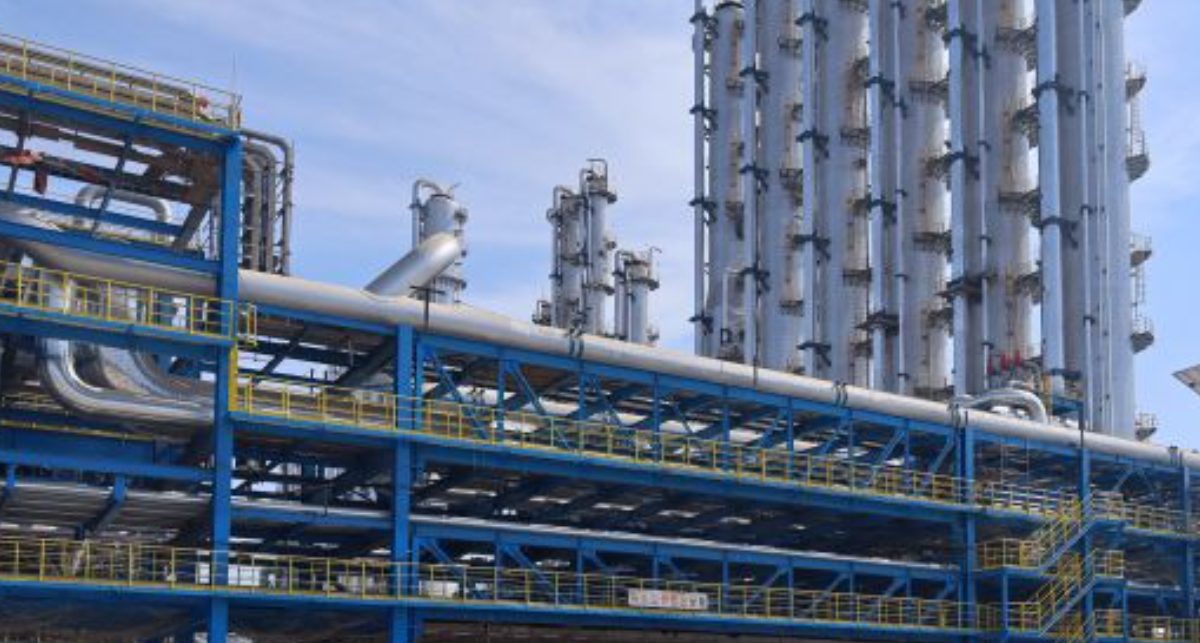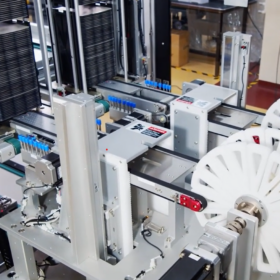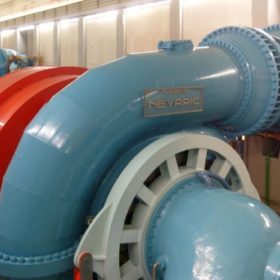Energy is the pulse of modern nations, but its future is contested terrain. As India races toward 500 GW of non-fossil fuel capacity by 2030, global headwinds such as fractured supply chains, resurgent fossil-fuel agendas, particularly in the context of energy security and economic considerations, and geopolitical flux threaten to make the path challenging. Yet, beneath this turbulence, a powerful force is converting the challenge into an opportunity.
Independent Power Producers (IPPs) are leading the march towards a greener environment with renewable and green sources of energy, and changing the energy map the world over.
These trailblazers, private companies that build and operate plants producing green energy, are reshaping the architecture of India’s energy future. With over 80 GW of renewable capacity in motion, IPPs are the quiet alchemists of progress, turning uncertainty into opportunity and vision into reality. Their existence, post the Electricity Act of 2003, which allowed private investors into India’s power sector, helped bring in investment, technology and innovation into India’s power ecosystem which was previously owned and operated by government companies that largely followed legacy technologies and systems.
The unseen strength of IPPs
Independent power producers (IPPs) are driving India’s clean energy momentum—leveraging agility and innovation to respond swiftly to market signals and policy shifts. In 2023, clean energy investment in India surged to $68 billion, up nearly 40% from the 2016–2020 average. IPPs attracted a significant share of this capital, deploying it across solar parks, wind farms, and hybrid projects from Rajasthan’s Thar Desert to the coastal stretches of Tamil Nadu and Gujarat. Their role is critical as India prepares for the world’s fastest-growing energy demand by 2050 and pushes toward its 2070 net-zero target.
IPPs’ ability to lock in bankable power purchase agreements (PPAs) offers financial predictability, enabling them to raise capital in a cautious global market. Their projects leverage high-efficiency solar modules, advanced inverters, and battery storage systems—enhancing reliability in a grid where consistency is still a challenge.
Steering through global storms
The global energy transition is a minefield. Supply chain bottlenecks, especially for solar components and battery materials, expose fragilities in renewable ecosystems. China’s stranglehold on lithium and cobalt—critical minerals which are vital for energy storage—echoes its dominance in rare earths, raising spectres of dependency.
Meanwhile, fossil-fuel lobbies, emboldened by geopolitical currents, are putting their foot down to ensure energy supply and economic stability. With a green and renewable energy ecosystem still in the formative and growth curve, these lobbies argue that fossil fuels are essential to meet the world’s current energy demands and prevent shortages, especially in regions heavily reliant on imports.
Yet, IPPs are charting new courses. Through strategic alliances with domestic and global partners, they are diversifying supply chains, loosening reliance on single markets. They are also spearheading localized production, with India’s solar module output now surpassing 20 GW annually, fueled by initiatives like the Production Linked Incentive (PLI) scheme. According to the Ministry of New and Renewable Energy (MNRE), India added a record 25 GW of renewable energy capacity in fiscal 2024-25, a 35% increase over the previous year’s 18.57 GW. Of this, solar grew the most, rising 38% from 15 GW in fiscal 2024 to about 21 GW in fiscal 2025.
This pivot shields against global disruptions and fosters jobs and industrial resilience. IPPs embody the alchemy of private enterprise, transforming external pressures into stepping stones for self-reliance.
Technology as the bedrock of progress
IPPs are not merely adopters of technology—they are innovators. Hybrid plants combining wind, solar, and storage systems ensure smoother power dispatch. Some IPPs are also piloting green hydrogen initiatives, preparing India for the next frontier in energy.
On the financing front, IPPs are tapping into green bonds, blended finance, and ESG-linked instruments to raise low-cost capital. Their transparent governance frameworks and project bankability have turned renewables into a premium asset class, attracting both domestic and foreign institutional investors.
Obstacles on the horizon
The road is not without its thorns. Land acquisition, caught in the tug-of-war between agriculture and industry, slows progress. Grid integration remains a hurdle, with India’s ageing infrastructure ill-equipped for variable renewable inputs. Policy flux and delayed payments from state discoms test IPPs’ endurance. These are not trivial barriers, they are mostly legacy issues, but not impassable.
Recent government measures—streamlined land approvals, bolstered discom finances—give hope. IPPs must counter with ingenuity, embracing modular designs and decentralized systems to sidestep traditional constraints. Unity among IPPs, policymakers, and communities will be the fulcrum for scaling impact while honouring sustainability.
A global beacon
India’s IPPs are emerging not just as domestic champions, but as global exemplars. At a time when many countries struggle with energy nationalism and policy flip-flops, India’s IPP-driven model offers a decentralised, market-based, and scalable solution to clean energy growth. Their role in catalysing 250 GW of new capacity by 2030 will be central to India’s climate pledges under the Paris Agreement and its goal of net-zero emissions by 2070.
The views and opinions expressed in this article are the author’s own, and do not necessarily reflect those held by pv magazine.
This content is protected by copyright and may not be reused. If you want to cooperate with us and would like to reuse some of our content, please contact: editors@pv-magazine.com.








By submitting this form you agree to pv magazine using your data for the purposes of publishing your comment.
Your personal data will only be disclosed or otherwise transmitted to third parties for the purposes of spam filtering or if this is necessary for technical maintenance of the website. Any other transfer to third parties will not take place unless this is justified on the basis of applicable data protection regulations or if pv magazine is legally obliged to do so.
You may revoke this consent at any time with effect for the future, in which case your personal data will be deleted immediately. Otherwise, your data will be deleted if pv magazine has processed your request or the purpose of data storage is fulfilled.
Further information on data privacy can be found in our Data Protection Policy.